Cholera outbreak feared in Kathmandu: Here is all you need to know about the disease
Two cases of the disease have been identified so far.

KATHMANDU, June 22: Cholera outbreak has been feared in Kathmandu as two cases of the disease have been identified so far.
The government is currently conducting investigations and studies to identify the source of the disease in the capital, according to Dr. Chuman Lal Das, director of the Epidemiology and Disease Control Division.
Epidemiology of cholera
Cholera is an acute enteric infection caused by ingesting the bacteria Vibrio cholerae present in contaminated water or food. It is mainly linked to insufficient access to safe drinking water and inadequate sanitation. It is an extremely virulent disease that can cause severe acute watery diarrhea resulting in high morbidity and mortality, and can spread rapidly, depending on the frequency of exposure, the exposed population and the setting. Cholera affects both children and adults and can be fatal if untreated.
The incubation period is between 12 hours and five days after ingestion of contaminated food or water. Most people infected with V. cholerae do not develop any symptoms, although the bacteria are present in their feces for 1-10 days after infection and are shed back into the environment, potentially infecting other people. Among people who develop symptoms, the majority have mild or moderate symptoms, while a minority develop acute watery diarrhea with severe dehydration. Cholera is an easily treatable disease. Most people can be treated successfully through prompt administration of oral rehydration solution (ORS).
Cholera can be endemic or epidemic. A cholera-endemic area is an area where confirmed cholera cases were detected during the last three years with evidence of local transmission (cases are not imported from elsewhere). A cholera epidemic can occur in both endemic countries and in non-endemic countries. Uninfected dead bodies have never been reported as the source of epidemics.
The consequences of a humanitarian crisis – such as disruption of water and sanitation systems, or the displacement of populations to inadequate and overcrowded camps – can increase the risk of cholera transmission, should the bacteria be present or introduced.
A multisectoral approach including a combination of surveillance, water, sanitation and hygiene, social mobilization, treatment, and oral cholera vaccines is essential to control cholera outbreaks and to reduce deaths.
Key facts
-Most of those infected will have no or mild symptoms and can be successfully treated with oral rehydration solution.
-A global strategy on cholera control, Ending Cholera: a global roadmap to 2030, with a target to reduce cholera deaths by 90% was launched in 2017.
-Researchers have estimated that each year there are 1.3 to 4.0 million cases of cholera, and 21 000 to 143 000 deaths worldwide due to cholera (1)
-Cholera is an acute diarrhoeal disease that can kill within hours if left untreated.
-Provision of safe water and sanitation is critical to prevent and control the transmission of cholera and other waterborne diseases.
-Severe cases will need rapid treatment with intravenous fluids and antibiotics.
-Oral cholera vaccines should be used in conjunction with improvements in water and sanitation to control cholera outbreaks and for prevention in areas known to be high risk for cholera.
Symptoms
Cholera is an extremely virulent disease that can cause severe acute watery diarrhea. It takes between 12 hours and 5 days for a person to show symptoms after ingesting contaminated food or water (2). Cholera affects both children and adults and can kill within hours if untreated.
Most people infected with V. cholerae do not develop any symptoms, although the bacteria are present in their feces for 1-10 days after infection and are shed back into the environment, potentially infecting other people.
Among people who develop symptoms, the majority have mild or moderate symptoms, while a minority develop acute watery diarrhea with severe dehydration. This can lead to death if left untreated.
Epidemiology, risk factors, and disease burden
Cholera can be endemic or epidemic. A cholera-endemic area is an area where confirmed cholera cases were detected during the last 3 years with evidence of local transmission (meaning the cases are not imported from elsewhere). A cholera outbreak/epidemic can occur in both endemic countries and in countries where cholera does not regularly occur.
In cholera endemic countries an outbreak can be seasonal or sporadic and represents a greater than expected number of cases. In a country where cholera does not regularly occur, an outbreak is defined by the occurrence of at least 1 confirmed case of cholera with evidence of local transmission in an area where there is not usually cholera.
Cholera transmission is closely linked to inadequate access to clean water and sanitation facilities. Typical at-risk areas include peri-urban slums, and camps for internally displaced persons or refugees, where minimum requirements of clean water and sanitation have not been met.
The consequences of a humanitarian crisis – such as disruption of water and sanitation systems, or the displacement of populations to inadequate and overcrowded camps – can increase the risk of cholera transmission, should the bacteria be present or introduced. Uninfected dead bodies have never been reported as the source of epidemics.
The number of cholera cases reported to WHO has continued to be high over the last few years. During 2020 323 369 cases, 857 deaths were reported from 24 countries. The discrepancy between these figures and the estimated burden of the disease is due to many cases not being recorded due to limitations in surveillance systems and fear of impact on trade and tourism.
Prevention and control
A multifaceted approach is key to control cholera, and to reduce deaths. A combination of surveillance, water, sanitation and hygiene, social mobilization, treatment, and oral cholera vaccines are used.
Surveillance
Cholera surveillance should be part of an integrated disease surveillance system that includes feedback at the local level and information-sharing at the global level.
Cholera cases are detected based on clinical suspicion in patients who present with severe acute watery diarrhea. The suspicion is then confirmed by identifying V. cholerae in stool samples from affected patients. Detection can be facilitated using rapid diagnostic tests (RDTs), where one or more positive samples triggers a cholera alert. The samples are sent to a laboratory for confirmation by culture or PCR. Local capacity to detect (diagnose) and monitor (collect, compile, and analyze data) cholera occurrence, is central to an effective surveillance system and to planning control measures.
Countries affected by cholera are encouraged to strengthen disease surveillance and national preparedness to rapidly detect and respond to outbreaks. Under the International Health Regulations, notification of all cases of cholera is no longer mandatory. However, public health events involving cholera must always be assessed against the criteria provided in the regulations to determine whether there is a need for official notification.
Water and sanitation interventions
The long-term solution for cholera control lies in economic development and universal access to safe drinking water and adequate sanitation. Actions targeting environmental conditions include the implementation of adapted long-term sustainable WASH solutions to ensure use of safe water, basic sanitation and good hygiene practices in cholera hotspots. In addition to cholera, such interventions prevent a wide range of other water-borne illnesses, as well as contributing to achieving goals related to poverty, malnutrition, and education. The WASH solutions for cholera are aligned with those of the Sustainable Development Goals (SDG 6).
Treatment
Cholera is an easily treatable disease. The majority of people can be treated successfully through prompt administration of oral rehydration solution (ORS). The WHO/UNICEF ORS standard sachet is dissolved in 1 liter (L) of clean water. Adult patients may require up to 6 L of ORS to treat moderate dehydration on the first day.
Severely dehydrated patients are at risk of shock and require the rapid administration of intravenous fluids. These patients are also given appropriate antibiotics to diminish the duration of diarrhea, reduce the volume of rehydration fluids needed, and shorten the amount and duration of V. cholerae excretion in their stool.
Mass administration of antibiotics is not recommended, as it has no proven effect on the spread of cholera and may contribute to antimicrobial resistance.
Rapid access to treatment is essential during a cholera outbreak. Oral rehydration should be available in communities, in addition to larger treatment centers that can provide intravenous fluids and 24 hour care. With early and proper treatment, the case fatality rate should remain below 1%.
Zinc is an important adjunctive therapy for children under 5, which also reduces the duration of diarrhea and may prevent future episodes of other causes of acute watery diarrhea.
Breastfeeding should also be promoted.


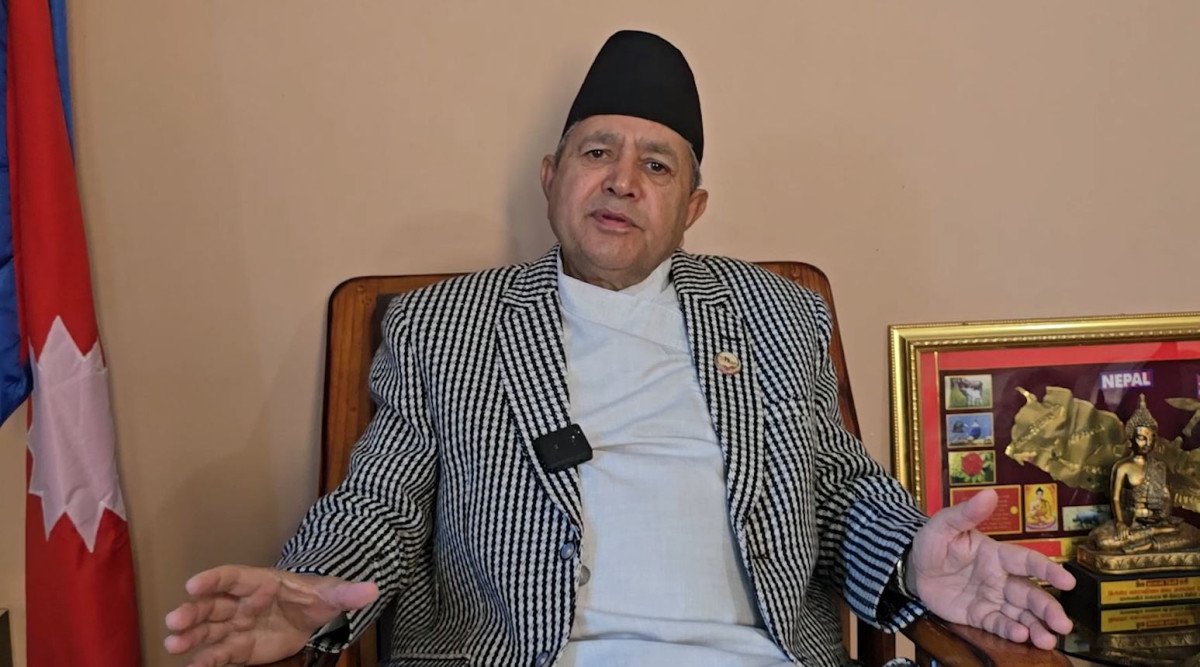
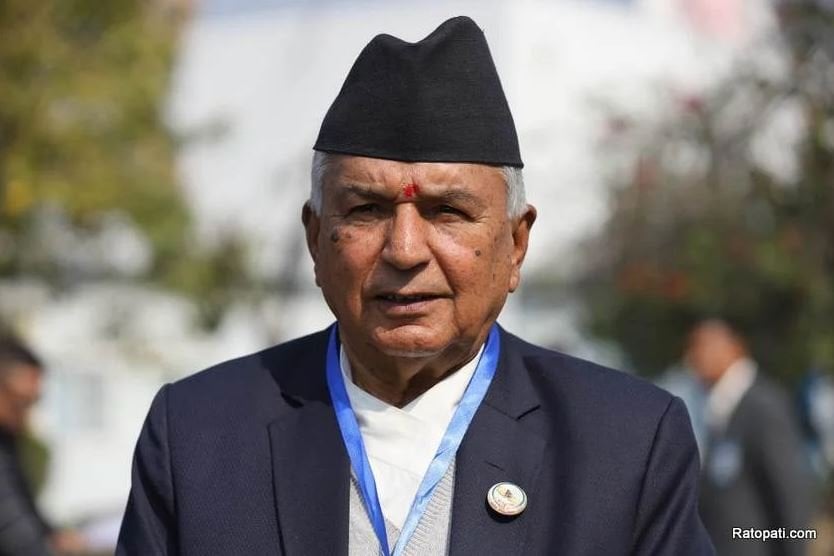
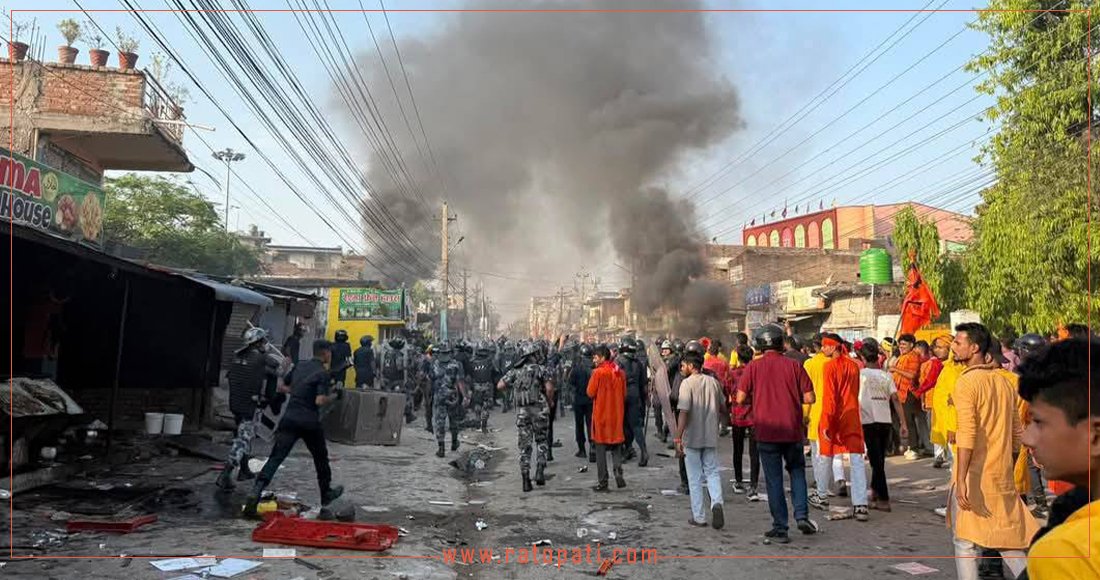


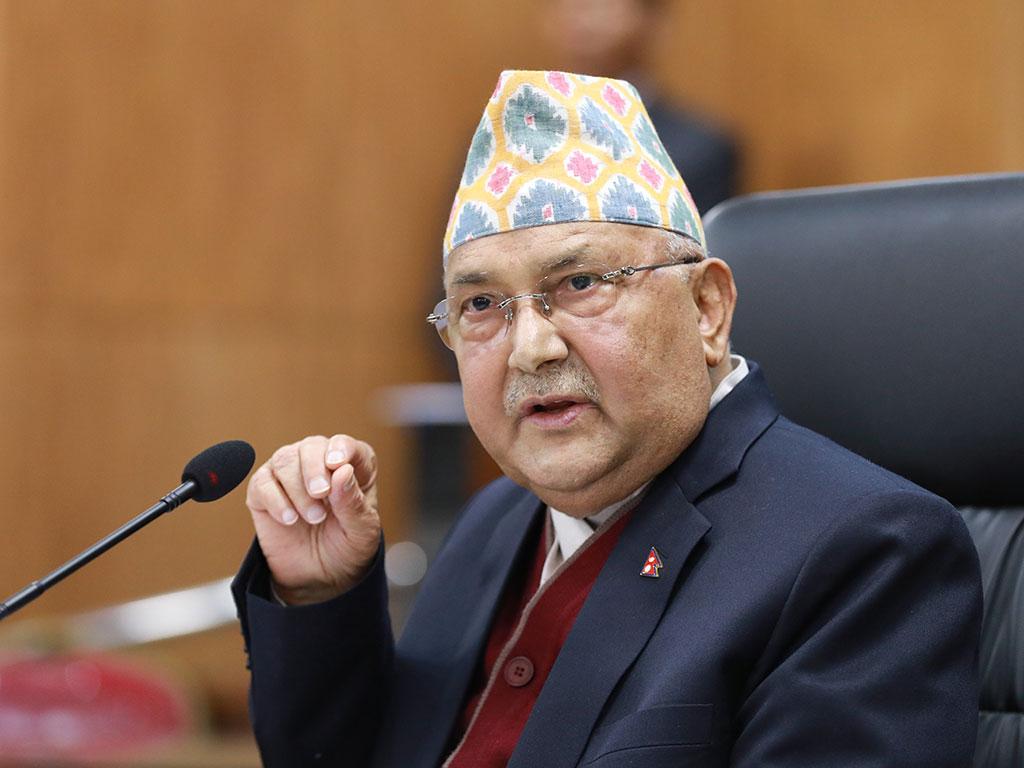
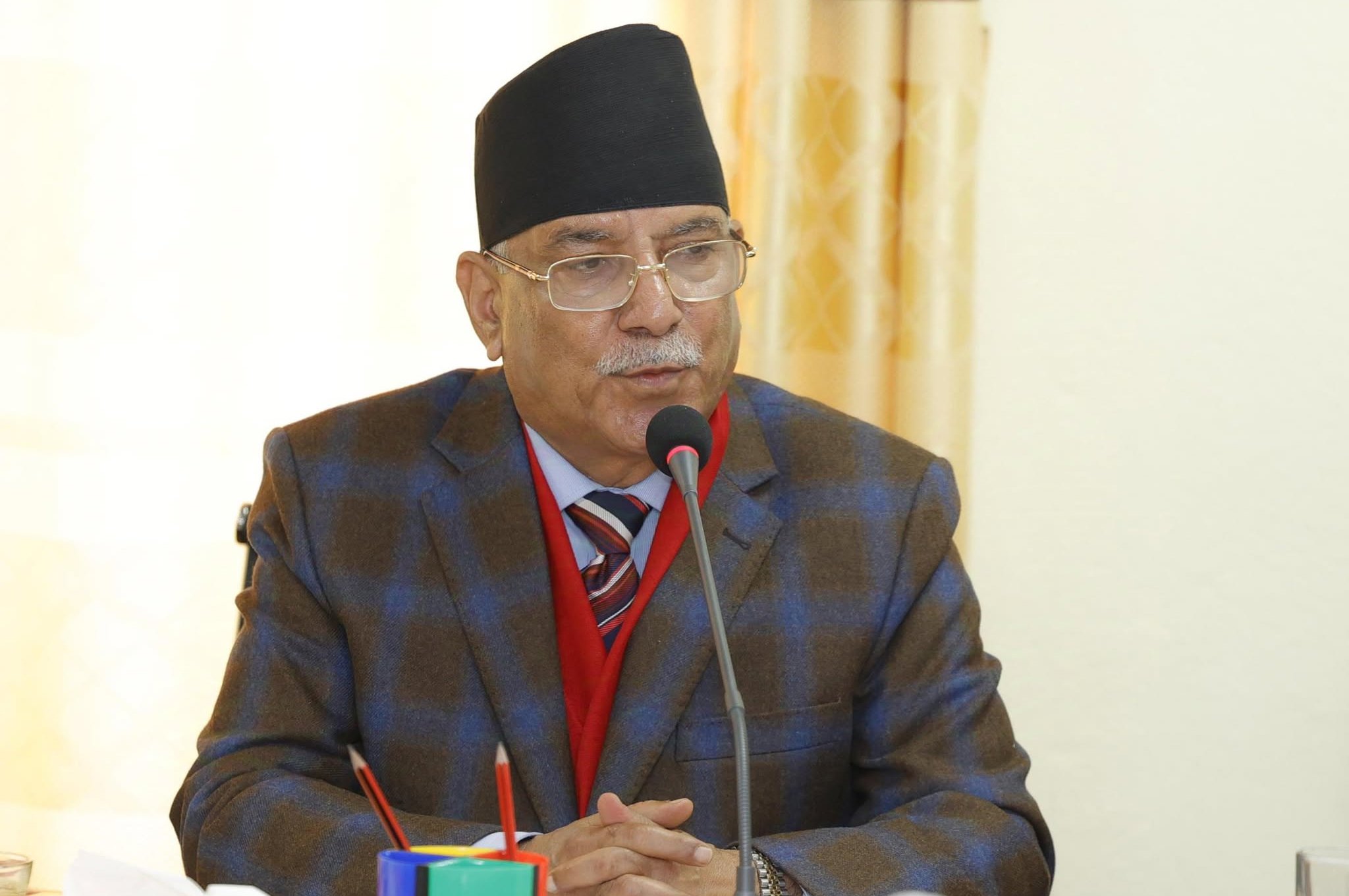
Leave Comment